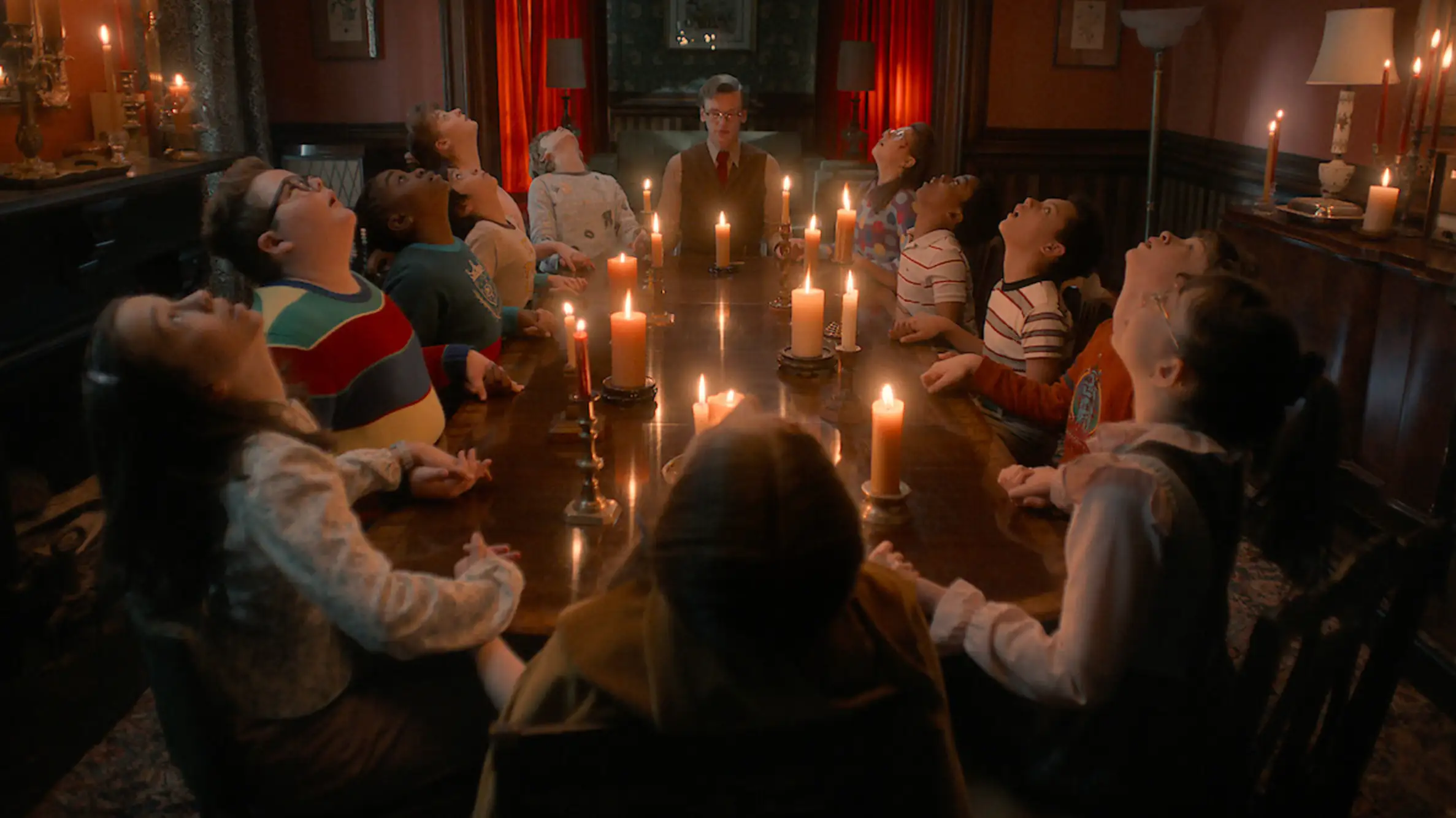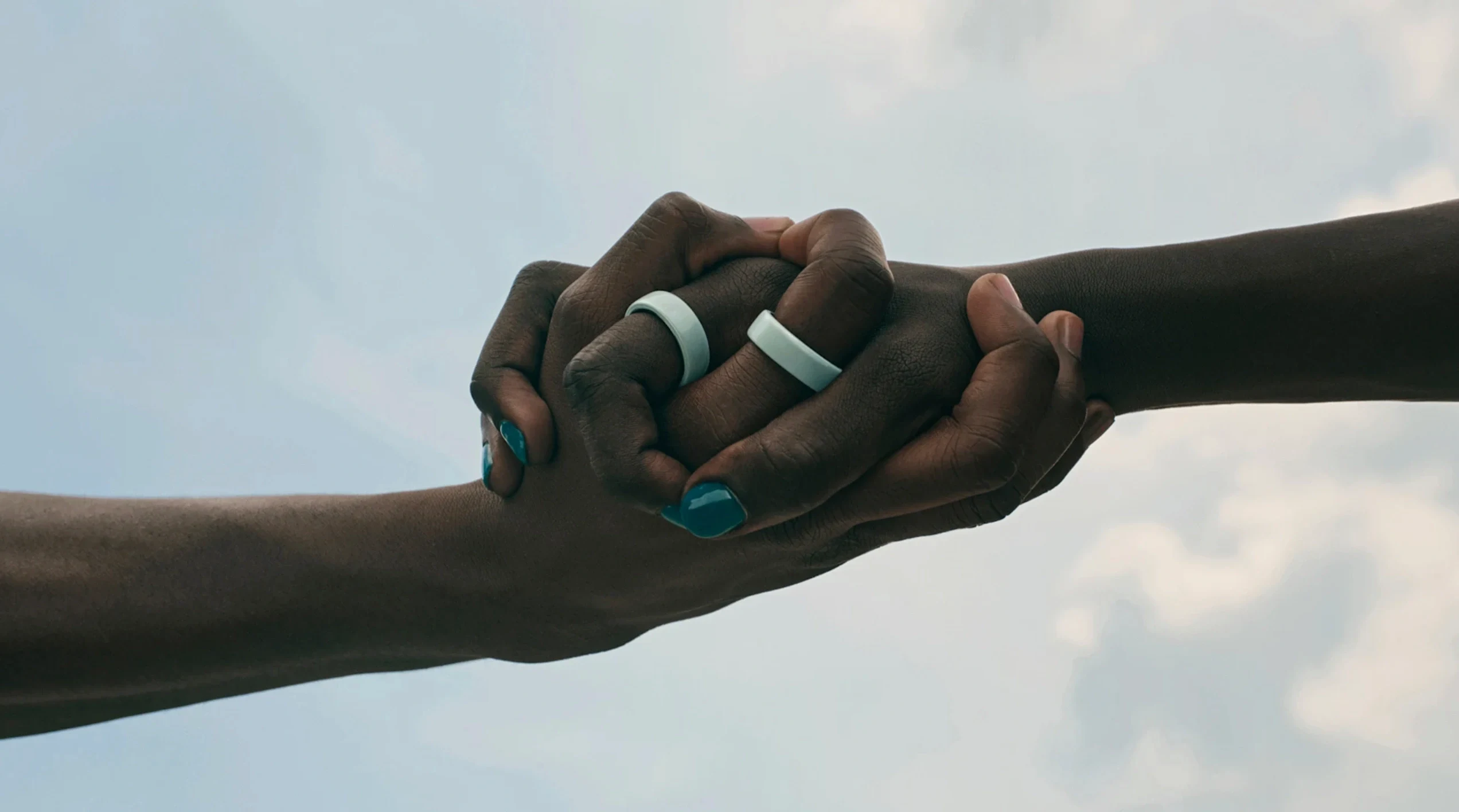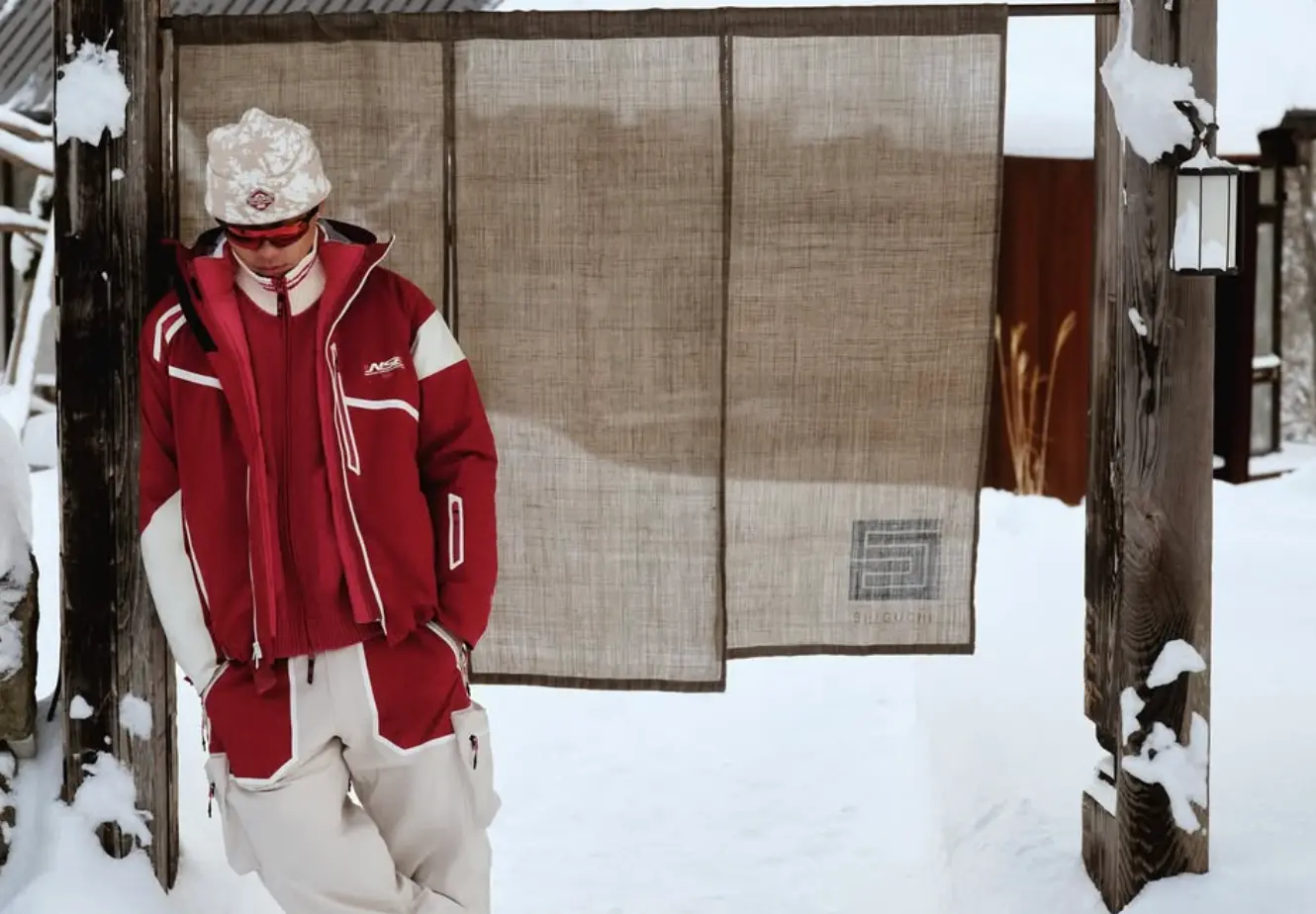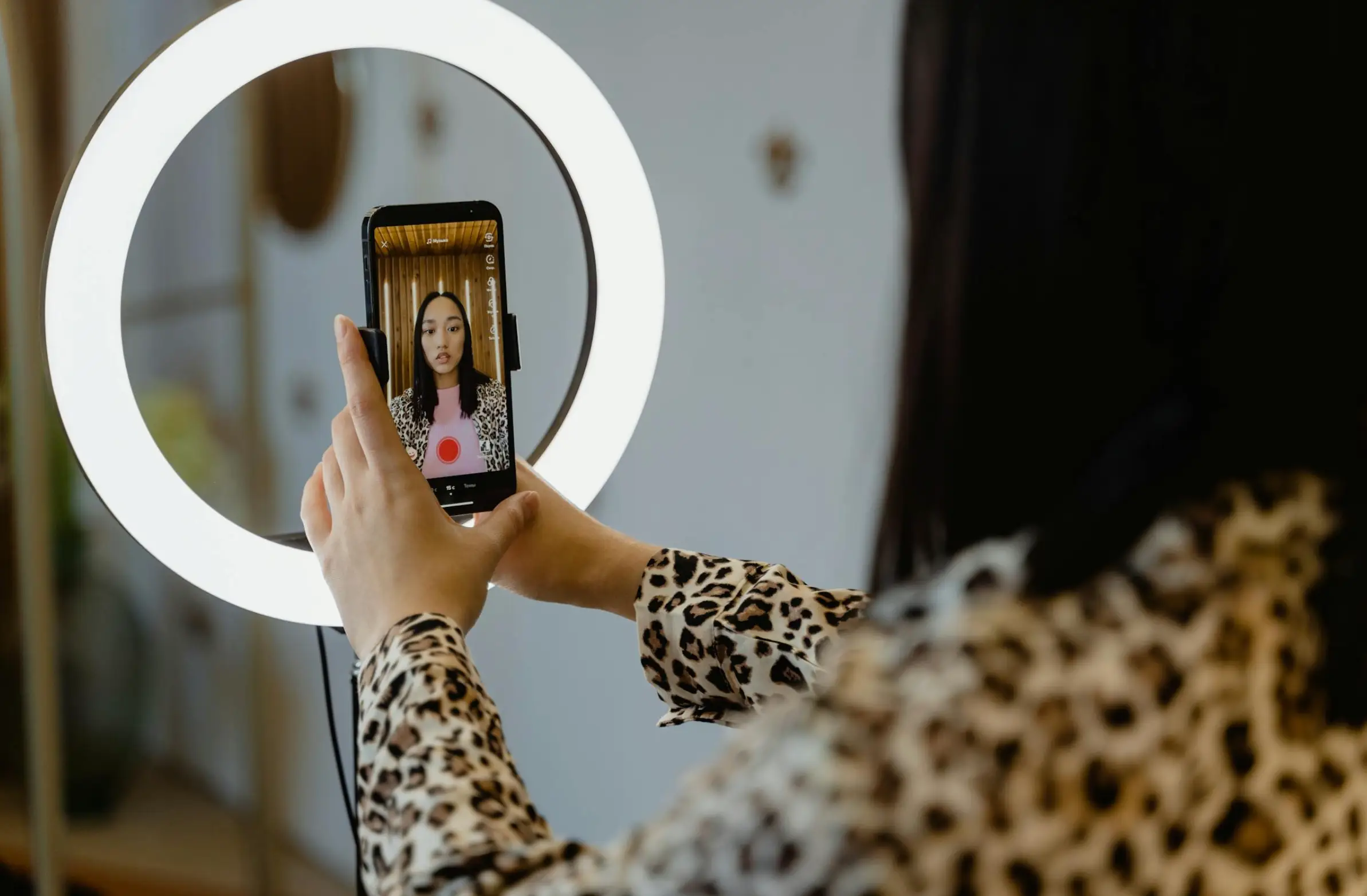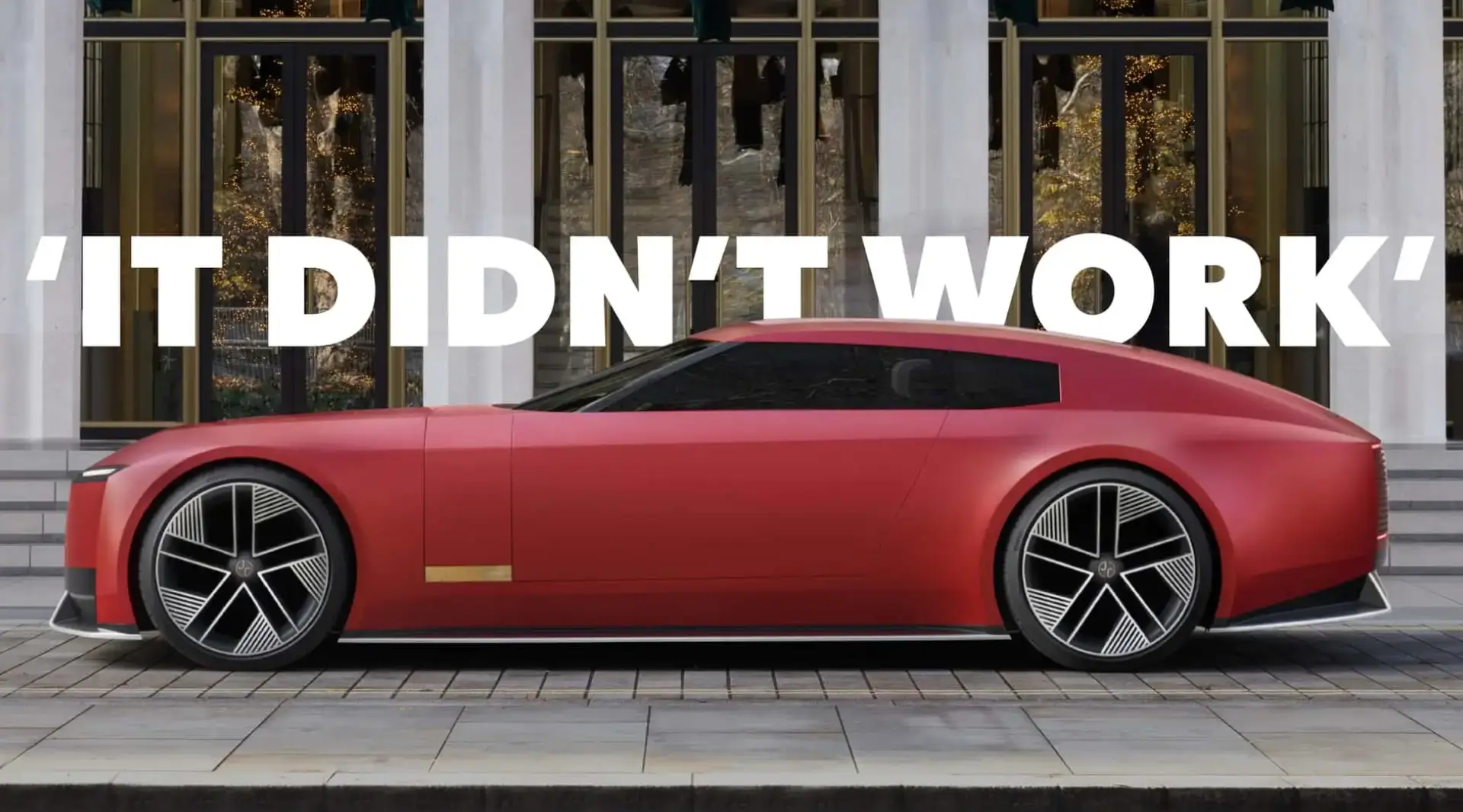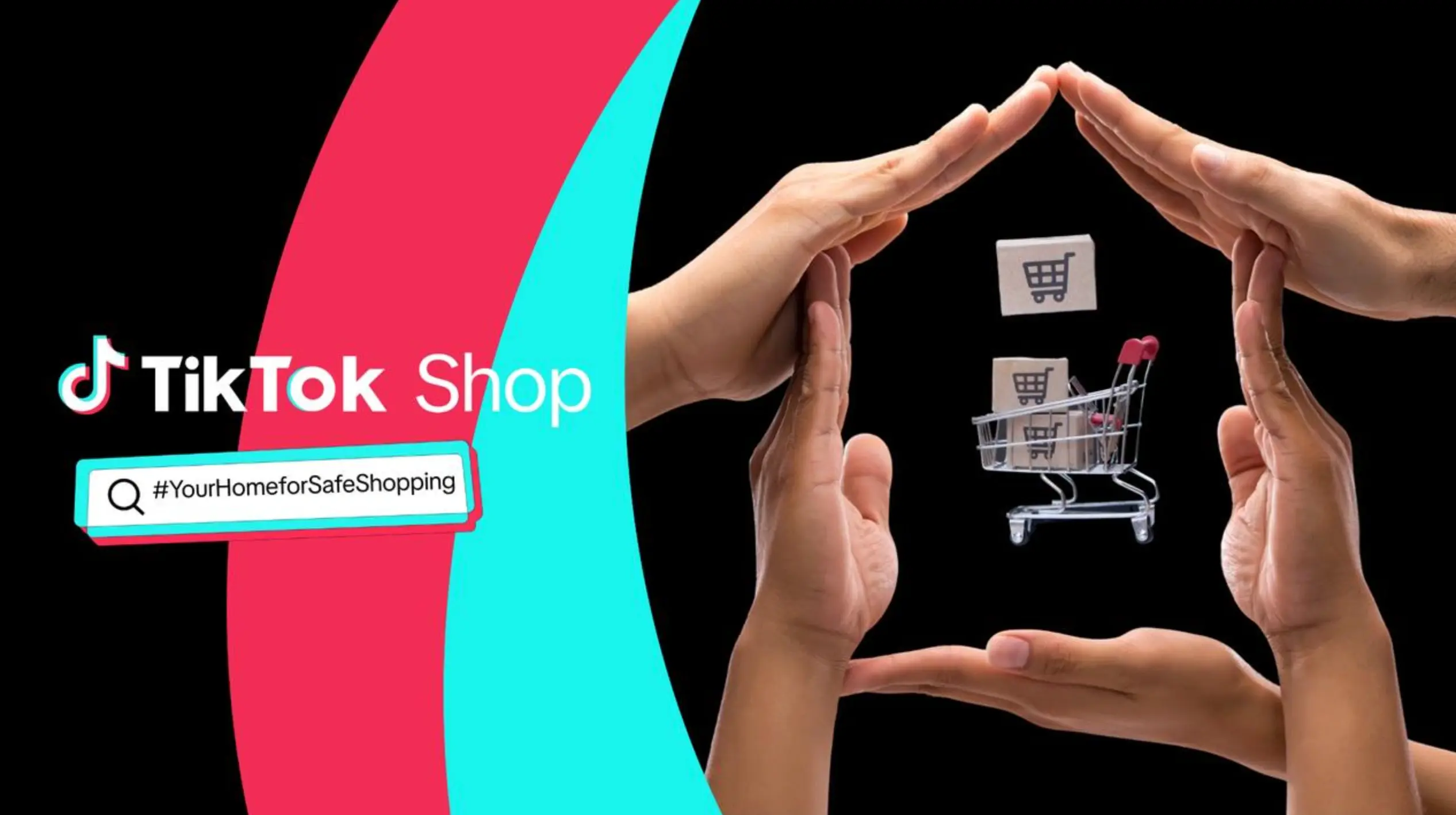2025 Marketing Fails: 10 Brand Campaigns That Went Viral for All the Wrong Reasons
Updated on
Published on

When campaigns miss, they miss loudly. The mostcontroversial ads 2025 produced weren’t just awkward; many broke brand promises, pushed tech too far, or skipped the basic gut-check. Here’s the year’s hall of shame: clear, specific breakdowns of what happened and how each misstep spiraled.
At a glance
- AI hype (virtual influencers, chat personas) drove several marketing fails, landing products in “creepy” territory instead of helpful.
- Nostalgia and personalization backfired when filters were weak or cultural nuance was ignored; easy paths to the worst ads of 2025.
- Fee changes and purpose claims triggered “you’re not who you said you were” reactions; the fastest route to controversial ads 2025 headlines.
10) Honey’s Sticky Affiliate Scandal
Creators and publishers sued PayPal’s Honey, alleging the browser extension swapped or hijacked affiliate IDs at checkout; redirecting commissions away from the people who drove the sale. The story exploded across creator forums, then mainstreamed as journalists unpacked how coupon extensions insert themselves at the last click. Google followed with tighter Chrome policies on extension behavior, signaling the industry took the reports seriously (The Verge; Washington Post; Times of India).
- What went wrong: Opaque attribution + default-on behavior looked like cheating to creators (instant trust collapse.)
- Fix that would’ve helped: “Know-when-saving” labels, explicit opt-in at checkout, and third-party audits of affiliate logic.
9) PepsiCo’s Controversial Celebrity Endorsements
PepsiCo’s modern celebrity pushes kept getting measured against its infamous 2017 Kendall Jenner protest spot, which resurfaced in 2025 explainers and classes as the template for tone-deaf influencer activism. Paired with fresh regulatory headlines, the brand’s newer star work got dragged back into an old narrative: style over sensitivity (Reuters; Forbes). This became on of the most controversial ads in 2025.
- What went wrong: Legacy backlash framed current endorsements before the audience even saw the creative.
- Fix that would’ve helped: Community runway tests and “hot-button” vetting beyond reach and CPM.
8) Coca-Cola’s “Personalized Bottle” Face-Plant
“Share a Coke” returned with QR customization and a nostalgia push. Then regional slang on cans; like “Bogan” in Australia, this sparked debate over whether the brand had crossed a line. Coke’s own content filters block lots of phrases, but the public learned that only after the chatter, which made a fun idea feel careless in rollout (Coca-Cola Company).
- What went wrong: Allow-list/deny-list gaps let loaded nicknames slip into the wild.
- Fix that would’ve helped: Publish visible guardrails and preview moderation feedback before users print.
7) P&G’s Virtual Influencer
Beauty shoppers smelled “fake.” CGI avatars hawking skincare revived the same skepticism that followed SK-II’s digital ambassador YUMI: pretty renders, zero credibility. Even P&G’s own marketing chief warned the industry against chasing AI over “creative humanity,” and social feeds roasted the uncanny vibe instead of the product benefits (Marketing Week).
- What went wrong: Low trust and “uncanny valley” aesthetics on a category that depends on real-skin proof.
- Fix that would’ve helped: Use AI for assistive edits and UGC curation; let human creators front the claims.
.webp)
6) Nestlé’s Tone-Deaf “Ultra-Processed” Launch
While lawsuits accused major food companies of marketing “addictive” products to kids, Nestlé highlighted increased marketing investment in H1, then pushed convenience snacks into a UPF-obsessed news cycle. The message hit a headwind: even if the product is fine, the frame (“ultra-processed”) is radioactive until agencies define it and consumers cool down (Reuters; FoodFix).
- What went wrong: Launch timing collided with lawsuits and shifting policy language.
- Fix that would’ve helped: Reframe around ingredients and outcomes; delay slogans until “UPF” has a formal definition.
5) Unilever’s Greenwashing Own-Goal
Dutch consumer advocates said Unilever’s food labels used “widespread” greenwashing; colliding with earlier UK scrutiny and debates over scaled-back targets. Purpose claims without bulletproof substantiation turned a feel-good push into a credibility hit, fast, resulting in one of the controversial ads of 2025 (The Guardian).
- What went wrong: Big environmental language with receipts that didn’t convince watchdogs.
- Fix that would’ve helped: Third-party verification on every claim and smaller, measurable promises.
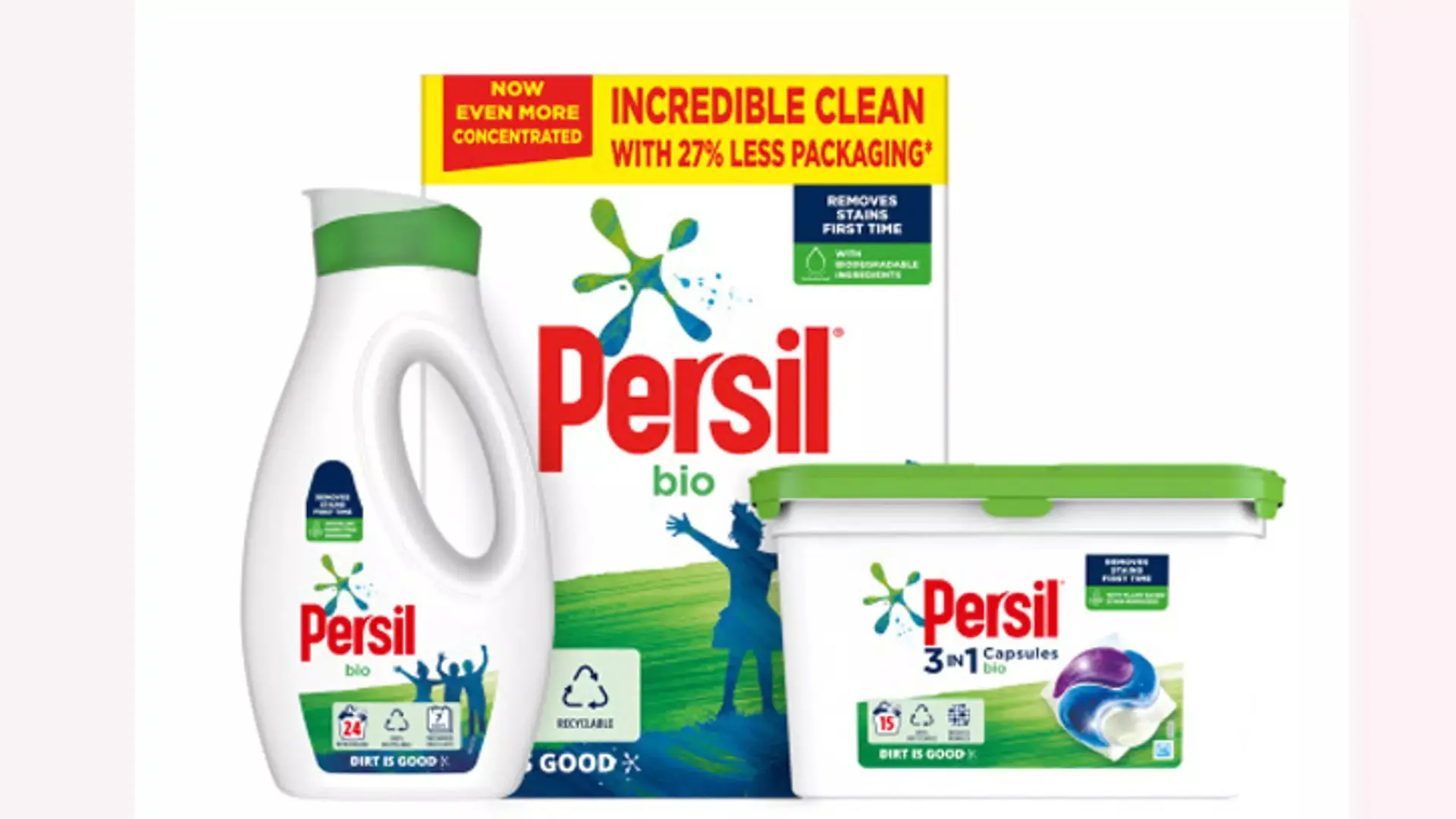
4) Southwest Airlines’ Baggage Blunder
“Bags fly free” was a brand promise, not a tagline (then turned marketing scandal). When Southwest added $35 for the first checked bag and $45 for the second, customers felt bait-and-switch because the slogan had trained them to expect no fees. Behavioral pros called it a costly psychology mistake that turned a pricing change into a trust breach (AZFamily; KKTV; Forbes).
- What went wrong: Breaking a signature promise with no runway made people feel tricked.
- Fix that would’ve helped: Grandfather status for loyalists + clear value adds (seat pitch, snacks) to soften the fee.
3) Meta’s Creepy AI Personas
Meta’s shopping and chat “personas” promised helpful bots; headlines instead focused on sexualized or romantic exchanges with minors. Within weeks, federal agencies opened a broader inquiry into teen safety around AI companions, turning an innovation story into a governance story and landing Meta in roundups of controversial ads 2025 by association (The Guardian; Reuters; AP).
- What went wrong: Safety guardrails lagged behind scale and use cases.
- Fix that would’ve helped: Age-gating, red-team scripts, and transparent “no romance” controls at launch.
2) E.l.f. Cosmetics’ Matt Rife Misfire
E.l.f. paired comedian Matt Rife with drag star Heidi N’ Closet for a witty courtroom spot. Viewers resurfaced a domestic-violence joke from Rife’s 2023 special and his mocking “apology,” and the brand found itself defending a choice that clashed with its inclusive image. The CMO later admitted the team “missed the mark,” even while explaining why the audience data looked promising on paper (Business of Fashion).
- What went wrong: Values conflict; talent history jarred with brand positioning.
- Fix that would’ve helped: “Old-clip” screening + alternative talent shortlists before locking production.
1) American Eagle’s “Great Jeans”
The line “Great Jeans,” paired with Sydney Sweeney, was meant to be cheeky; online, it was read as body-coded, exclusionary, and out of touch. The campaign’s tagline blurred “jeans” and “genes,” sparking online jokes that quickly turned into criticism. Some argued the wordplay echoed eugenics, making the ad feel exclusionary rather than playful. That twist pushed it onto lists of 2025’s biggest marketing fails (Axios; Forbes).
- What went wrong: A double-entendre that read mean in certain contexts, not playful.
- Fix that would’ve helped: Pre-test the tagline across subcultures and swap to a line that can’t be read both ways. Compare the Gap x KATSEYE campaign vs. this campaign to see the difference.
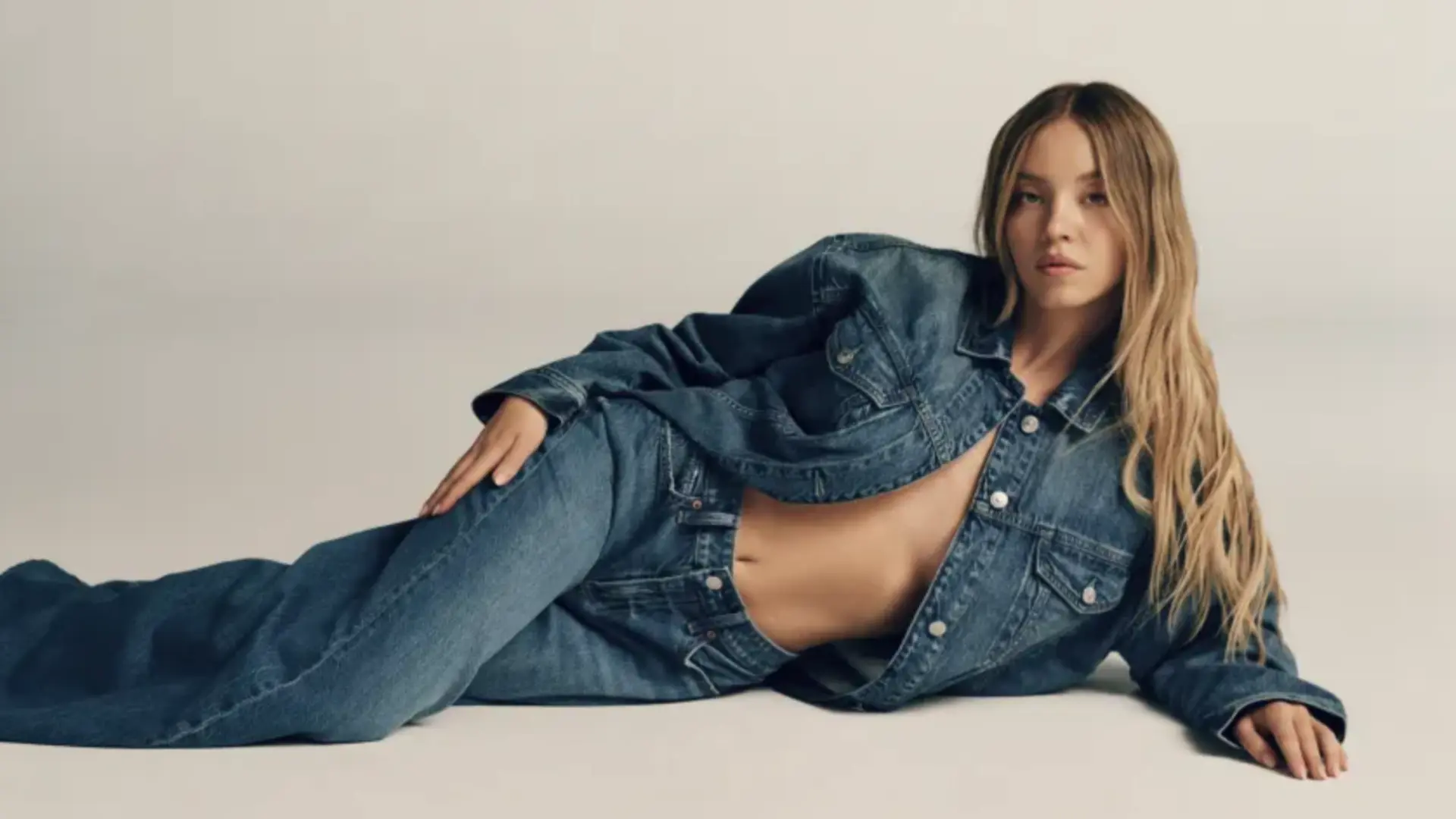
The final word
Great creative starts with empathy. The campaigns that crashed this year didn’t just make small mistakes, they ignored how people would feel in the moment. If there’s a pattern to marketing fails in 2025, it’s simple: test the joke, stress-test the tech, and never let a clever line outrun common sense.
.webp)
FAQ
What counts as a “marketing fail” in 2025?
A campaign that confuses people, breaks a promise, or sparks negative viral attention that outweighs results. Many marketing fails this year came from AI gimmicks and weak guardrails.
Which campaigns were the worst ads of 2025?
American Eagle’s “Great Jeans,” E.l.f.’s Matt Rife spot, and Meta’s AI personas topped most “worst ads of 2025” lists for tone and judgment issues.
Why do AI campaigns become controversial so fast?
AI scales faster than safety, so chat personas and virtual influencers can feel creepy or inauthentic. That sends them into controversial ads 2025 territory quickly.
Why did American Eagle’s Sydney Sweeney ad spark backlash?
The “Great Jeans” slogan was read as a clumsy pun that many found tone-deaf, turning a playful line into a widely criticized campaign.

